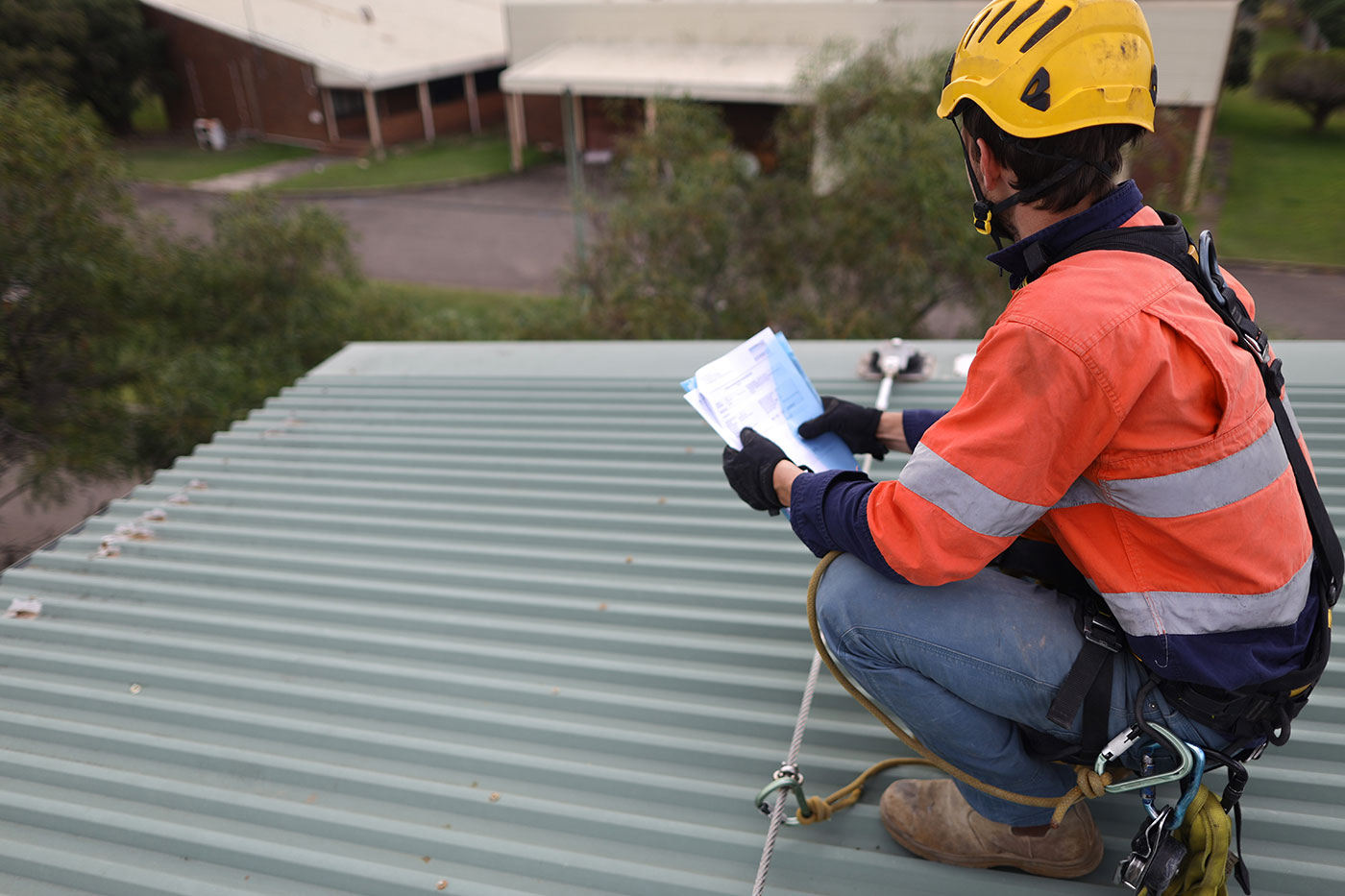As the metal roofing industry continues to evolve, staying abreast of the latest metal roofing design trends is crucial for homeowners, architects, and builders. Metal roofing is no longer just about durability and longevity; it has become a key element of modern architectural design, combining aesthetics, environmental sustainability, and cutting-edge technology.
This article explores the top metal roofing design trends for 2024, offering insights into how these trends can enhance both the functionality and appearance of residential and commercial buildings.
1. Sustainability and Eco-Friendly Materials
Increased Use of Recycled Materials
In 2024, one of the leading trends in metal roofing is the increased use of recycled materials. Manufacturers are focusing on developing products that not only last longer but also have a smaller environmental footprint. Roofs made from recycled metals are becoming more popular, appealing to environmentally conscious consumers looking to reduce their ecological impact.
Solar-Integrated Metal Roofs
Another significant advancement is the integration of solar technology into metal roofs. These roofs are designed to support photovoltaic panels or are themselves photovoltaic, turning the entire roof surface into a solar generator. This dual functionality not only maximizes space but also significantly cuts energy costs, making it a highly attractive option for eco-friendly building projects.
2. Color and Finish Variations
Exploring New Color Trends
Colour trends for metal roofs in 2024 are all about blending with natural surroundings or making bold architectural statements. Earth tones such as greens, browns, and blues are famous for harmonizing with natural landscapes. Conversely, bright, bold colours like reds and oranges make structures stand out, reflecting a more personalized and vibrant aesthetic.
Matte Finishes and Natural Textures
Matte finishes continue to rise in popularity due to their modern look and ability to reduce glare. Textures that mimic natural materials such as slate or wood offer the aesthetic appeal of these materials combined with the resilience of metal. These innovations enhance the visual appeal and contribute to the roof’s integration with various architectural styles.
3. Combining Aesthetics with Functionality
Custom Designs
Customization remains a key trend, with homeowners and designers opting for bespoke solutions that reflect personal style and meet specific architectural needs. Whether it’s curved profiles for dynamic building silhouettes or intricate cut-outs for unique shadow patterns, metal roofing can be tailored to fulfil both aesthetic desires and functional requirements.
4. Lightweight and Durable Designs
Advancements in Material Technology
The push towards lighter metal roofing materials that maintain or increase durability is significant. These advancements reduce the structural load on buildings and extend the lifespan of the roof, which is particularly important in areas prone to extreme weather conditions. Lighter materials also mean more manageable and faster installation, reducing labour costs and on-site time.
5. Integrated Technology Metal Roofing Design Trends
Smart Roofing Solutions
Technology integration into metal roofing is tailored towards enhancing functionality. Features such as built-in weather sensors, temperature controls, and even connectivity with home automation systems are becoming more common. These smart roofs can actively contribute to a home’s energy management and comfort without sacrificing style.
6. Architectural Diversity
Versatility Across Styles
Metal roofing is exceptionally versatile and suitable for various architectural styles, from ultra-modern to traditional. This flexibility allows it to be used in diverse projects, enhancing its appeal. Architects are leveraging this adaptability to design both functional and striking roofs, further pushing the boundaries of traditional metal roofing applications.
7. DIY-Friendly Options
Simplifying Installation
The trend towards DIY-friendly metal roofing options is gaining momentum. Manufacturers are now offering kits that include pre-measured panels and all necessary accessories, simplifying the installation process. This trend is democratizing roofing, making quality metal roofs accessible to a broader audience and allowing homeowners to take active roles in their home improvement projects.
Conclusion
This year, the metal roofing industry is characterized by innovative trends that blend aesthetics, functionality, and sustainability. As these trends evolve, they offer exciting opportunities for those looking to invest in durable, stylish, and environmentally friendly roofing solutions. Considering these latest metal roofing design trends can significantly enhance your project’s value and appeal, whether you are building a new home or upgrading an existing one.
Call to Action
If you are interested in exploring how these metal roofing trends can be applied to your next project, we encourage you to consult with our professionals at Roll Top Roofing. Our experts are ready to help you navigate the latest metal roofing design trends to find the best solution for your architectural needs and personal style.
Get In Touch
Making the decision between repairing and replacing a metal roof involves understanding the extent of damage, the roof’s age, and the overall cost implications. At Roll Top Roofing, we ensure that our clients in Geelong receive expert advice and effective solutions tailored to their specific needs, maximising both cost efficiency and roof performance.

